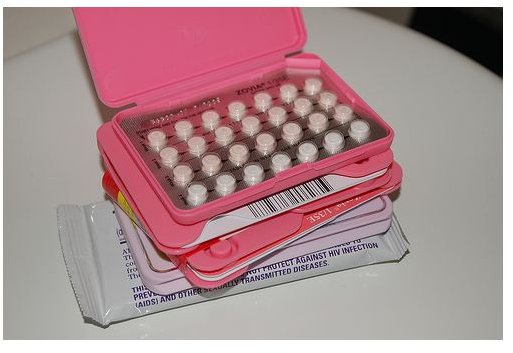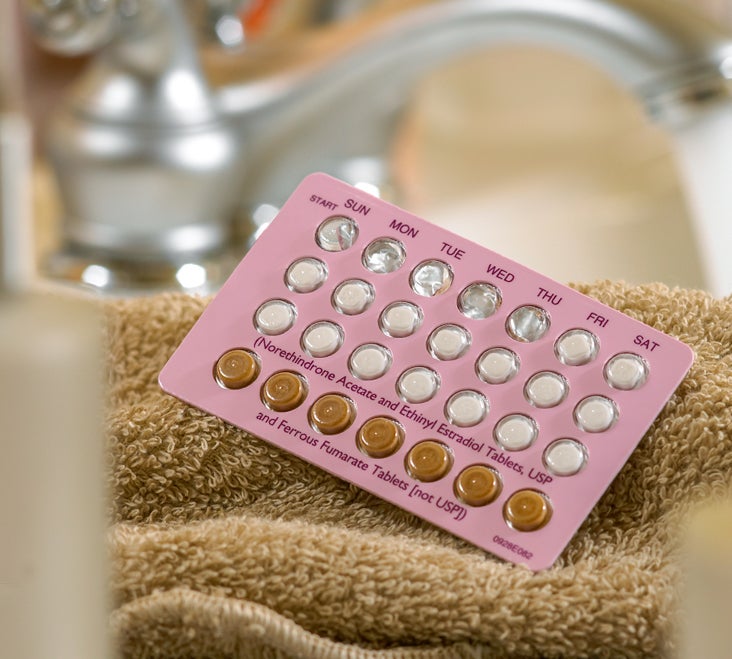

Source: Trussell J, Contraceptive efficacy. TABLE 2 Percentage of women experiencing an unintended pregnancy during the first year of typical use and the first year of perfect use of contraception and the percentage continuing use at the end of the first year: United States. The terminal elimination half-life of ethinyl estradiol after a single dose of Seasonale was found to be about 15 hours.

The terminal elimination half-life for levonorgestrel after a single dose of Seasonale was about 30 hours.Įthinyl estradiol is excreted in the urine and feces as glucuronide and sulfate conjugates, and it undergoes enterohepatic recirculation. The various hydroxylated metabolites are subject to further methylation and/or conjugation.Ībout 45% of levonorgestrel and its metabolites are excreted in the urine and about 32% are excreted in feces, mostly as glucuronide conjugates. Hydroxylation at the 4-, 6-, and 16- positions may also occur, although to a much lesser extent than 2-hydroxylation. Levels of CYP3A4 vary widely among individuals and can explain the variation in rates of ethinyl estradiol hydroxylation. Metabolic clearance rates may differ among individuals by several-fold, and this may account in part for the wide variation observed in levonorgestrel concentrations among users.įirst-pass metabolism of ethinyl estradiol involves formation of ethinyl estradiol-3-sulfate in the gut wall, followed by 2-hydroxylation of a portion of the remaining untransformed ethinyl estradiol by hepatic cytochrome P-450 3A4 (CYP3A4). Levonorgestrel and its phase I metabolites are excreted primarily as glucuronide conjugates.

Significant amounts of conjugated and unconjugated 3α,5ß-tetrahydrolevonorgestrel are also present in plasma, along with much smaller amounts of 3α,5α-tetrahydrolevonorgestrel and 16ß-hydroxylevonorgestrel. Following repeated daily dosing of combination levonorgestrel/ethinyl estradiol oral contraceptives, levonorgestrel plasma concentrations accumulate more than predicted based on single-dose kinetics, due in part, to increased SHBG levels that are induced by ethinyl estradiol, and a possible reduction in hepatic metabolic capacity.įollowing absorption, levonorgestrel is conjugated at the 17ß-OH position to form sulfate and to a lesser extent, glucuronide conjugates in plasma. Ethinyl estradiol does not bind to SHBG, but induces SHBG synthesis, which leads to decreased levonorgestrel clearance. Ethinyl estradiol is about 95 - 97% bound to serum albumin.

Levonorgestrel is about 97.5 - 99% protein-bound, principally to sex hormone binding globulin (SHBG) and, to a lesser extent, serum albumin. The apparent volume of distribution of levonorgestrel and ethinyl estradiol are reported to be approximately 1.8 L/kg and 4.3 L/kg, respectively. The effect of food on the rate and the extent of levonorgestrel and ethinyl estradiol absorption following oral administration of Seasonale has not been evaluated. Table 1: Mean ± SD Pharmacokinetic Parameters Following A Single Dose Administration of Two Tablets of Seasonale ® in Healthy Female Subjects Under Fasting Conditions Analyte


 0 kommentar(er)
0 kommentar(er)
